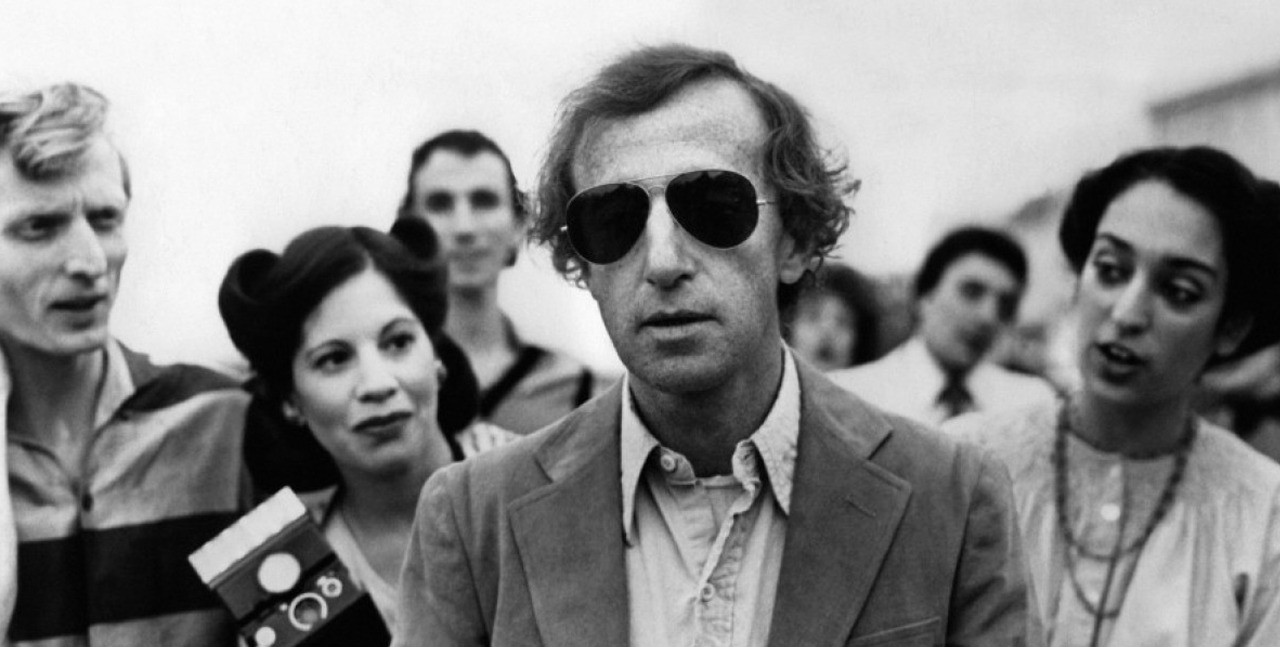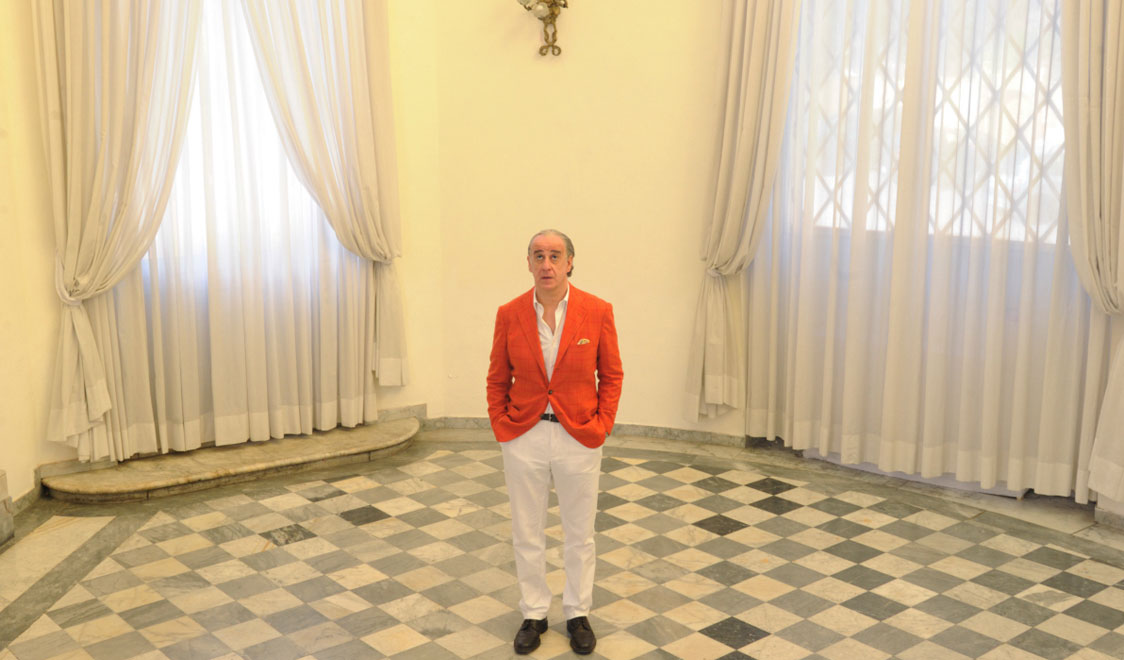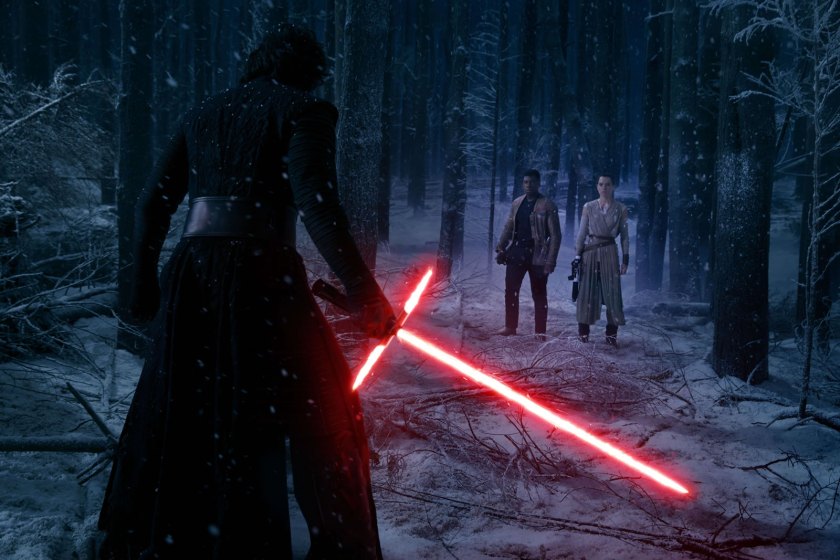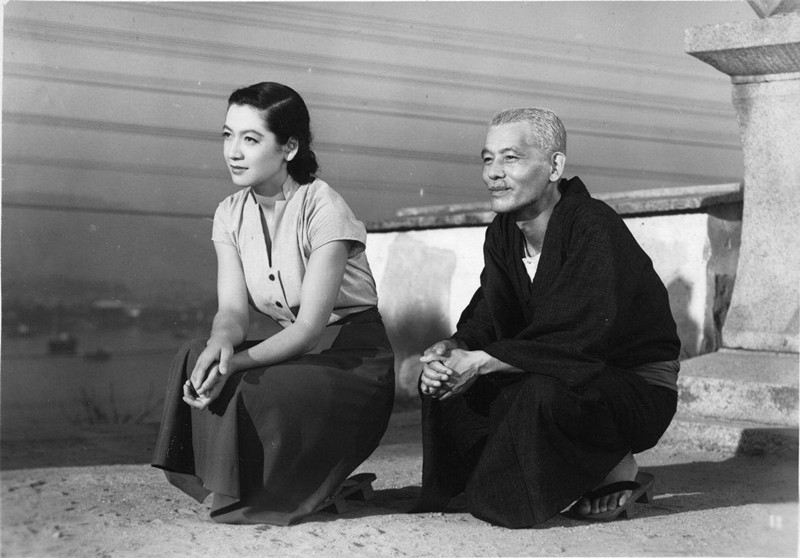6. Stardust Memories (8 1/2)

Woody Allen is unashamed of ripping off other artists. His latest film, Wonder Wheel, like Blue Jasmine or Interiors, is another update on Eugene O’Neill, and he has made several homages to Ingmar Bergman films (Deconstructing Harry, Another Woman). Yet arguably the person who has proved the best inspiration for Allen has actually been Federico Fellini.
Stardust Memories, his version of 8 1/2, is not better than the original, but its still a fascinating film due to what Allen does with the material. This inspiration is seen from the famous opening scene, the moment where Marcello Mastroianni is stuck in a car updated with Allen stuck on a bus. From there, the homages — filmed in glorious black-and-white courtesy of Gordon Willis — only keep on coming.
They have similar plots. In 8 1/2, our director is stuck trying to make his latest film where Allen’s character is at a retrospective of his own work. The camerawork, showing a never-ending procession of adoring and fawning fans, also has some direct visual quotes.
It is through the philosophical outlooks where the two films diverge — Fellini is ultimately more enigmatic and thoughtful while Allen puts a tidier bow on it (which is still undeniably affecting). Allen would later rip off Fellini with his excellent Radio Days (Amarcord) and the ambitious if a little flawed Celebrity (La Dolce Vita).
7. The Great Beauty (La Dolce Vita)

With The Great Beauty, Paolo Sorrentino tried to lay claim to the throne as Italy’s greatest living director. It is a melancholy tour de force, featuring Toni Servillo as a journalist moving through the empty decadence of Rome during the Berlusconi era.
In style and content it is a direct homage to Federico Fellini’s La Dolce Vita, which starred Marcello Mastroianni in the same role. One suspects the reason Fellini is so popular to rip off is that his style is so freewheeling and exciting directors simply lap up at the chance to have their own go at it.
This can be seen by how the film begins. Set in a salacious nightclub, it sees our protagonist having the time of his life. Later he ponders the meaning of the good life, having endless conversations with a parade of beautiful men and women. This is not merely homage however, as the movie goes to even darker places than the Fellini original. Embraced by critics upon its release, it later went on to win the Oscar for Best Foreign Language Film.
8. The Force Awakens (A New Hope)

History is a cyclical beast, with the same events happening but in slightly different ways each time. This is best exemplified by the Star Wars saga, with each trilogy of films seeming to update the same stories but for different generations. The Force Awakens is particularly notable for the way it uses the plot scheme of A New Hope in order to create a fresh mythos for the Star Wars world.
A New Hope, itself inspired by Kurosawa’s Hidden Fortress, told the story of an evil empire that threatened to take over the universe until a merry band of men (and woman) came along to blow up their main headquarters. The Force Awakens, set many years after the events of Return Of The Jedi, is also a story of an evil empire that threatens to take over the universe until a merry band of men (and women) rally together to blow up their main headquarters.
The difference here is that the Starkiller base is much, much bigger than the Death Star. Thankfully for fans of the Star Wars franchise, this de-facto remake is so thrillingly and lovingly made that it simply doesn’t matter if the plot is more or less the same. Let’s just hope that The Last Jedi isn’t too much like The Empire Strikes Back.
9. Tokyo Story (Make Way For Tomorrow)

Tokyo Story is one of the most heartbreaking films ever made. Telling the story of an old couple who are shunned by their relatives despite being so near to the end of their lives, only the hardest of hearts would fail to be stunned by its quiet pacing and deeply emotional revelations.
It is Yasujiro Ozu’s masterpiece in a career full of them; the summation of his work. But did you know that its story is actually based on an American film from 1937 entitled Make Way For Tomorrow?
Make Way For Tomorrow is set in the American depression, and concerns an elderly couple who are split up from each other when their home is lost to foreclosure. Like Tokyo Story, the film completely lacks any sense of sentimentality, instead providing a slow and thoughtful meditation on what it means to be old. If you are a fan of the Ozu movie, Make Way For Tomorrow is a must-see experience.
10. Avatar (Dances With Wolves)
![]()
James Cameron has always been known for big budgets, and even bigger returns. He scored the biggest hit of his career with Avatar, a blockbuster extravaganza about the Na’vi people of Pandora and their valiant resistance against American imperialism.
The only problem: This story had been told before, only now it was transported to a far out location. Kevin Costner told pretty much the same story with Dances With Wolves, the far more affecting film about Native Americans fighting back against white American invaders. Costner’s sensitivity and epic sense of narrative resulted in his best film. Avatar, on the other hand, despite its visual smarts, is a poor copy with an extremely heavy-handed plot (remember Unobtanium?).
Dances With Wolves didn’t have to be the choice here. Avatar also contains startling similarities to Pocahontas, The Beast, Ferngully and Princess Monokoke. The clichéd and poorly acted storyline didn’t matter so much, as people were too impressed by the amazing 3D visuals to care about its narrative sloppiness. It remains the highest-grossing film ever made.
Author Bio: Redmond Bacon is a professional film writer and amateur musician from London. Currently based in Berlin (Brexit), most of his waking hours are spent around either watching, discussing, or thinking about movies. Sometimes he reads a book.